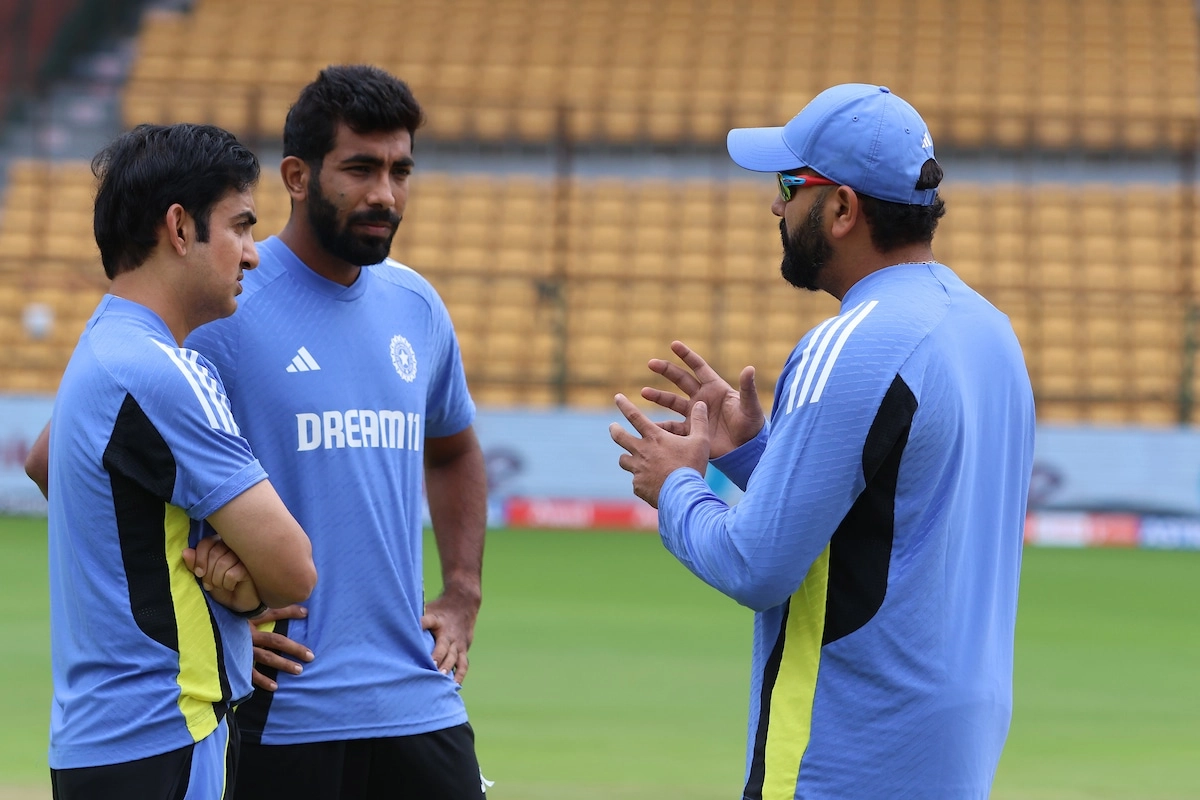Gautam Gambhir, the former Indian cricketer and current politician, has been making headlines recently due to his desire for complete control over the cricketing decisions within the teams he is involved with. This assertiveness stems from his philosophy that effective leadership requires a clear vision and the authority to implement strategies without external interference. His approach has led to discussions about the dynamics within the team, particularly regarding the young talent emerging in Indian cricket. Shubman Gill, a promising batsman, finds himself in a position where he cannot challenge Gambhir’s decisions, highlighting the hierarchical structure that often exists in sports teams.
Gambhir’s leadership style emphasizes discipline and decisiveness, which he believes are essential for the team’s success. While Gill, with his burgeoning career, may have aspirations and ideas, his role under Gambhir’s guidance might limit his ability to voice dissent or propose alternative strategies. This situation raises questions about the balance between nurturing new talent and maintaining a cohesive leadership structure. Players like Gill must navigate their ambitions while adhering to the established authority within the team, which can sometimes create tension or frustration.
On the other hand, the situation with Jasprit Bumrah, the ace fast bowler, appears to be different. Bumrah, known for his exceptional skills and experience, commands a level of respect that allows him to express his opinions more freely. His established position and track record grant him a unique status within the team, enabling him to challenge decisions when necessary without fear of repercussions. This dichotomy between Gambhir’s authoritative stance and Bumrah’s ability to speak up illustrates the complexities of team dynamics in cricket, where leadership styles and player relationships can significantly influence performance on the field.
Ultimately, the interplay between Gambhir’s desire for control and the voices of emerging players like Gill and seasoned professionals like Bumrah will shape the future of the team. Finding a balance between strong leadership and open communication is crucial for fostering a positive team environment. As Indian cricket evolves, the effectiveness of Gambhir’s approach will be scrutinized, especially in how it impacts the development of younger players while leveraging the insights of established stars. The ongoing discourse around these dynamics reflects the broader challenges faced in sports management, where the need for strategy must coexist with the nurturing of talent and individual expression.




